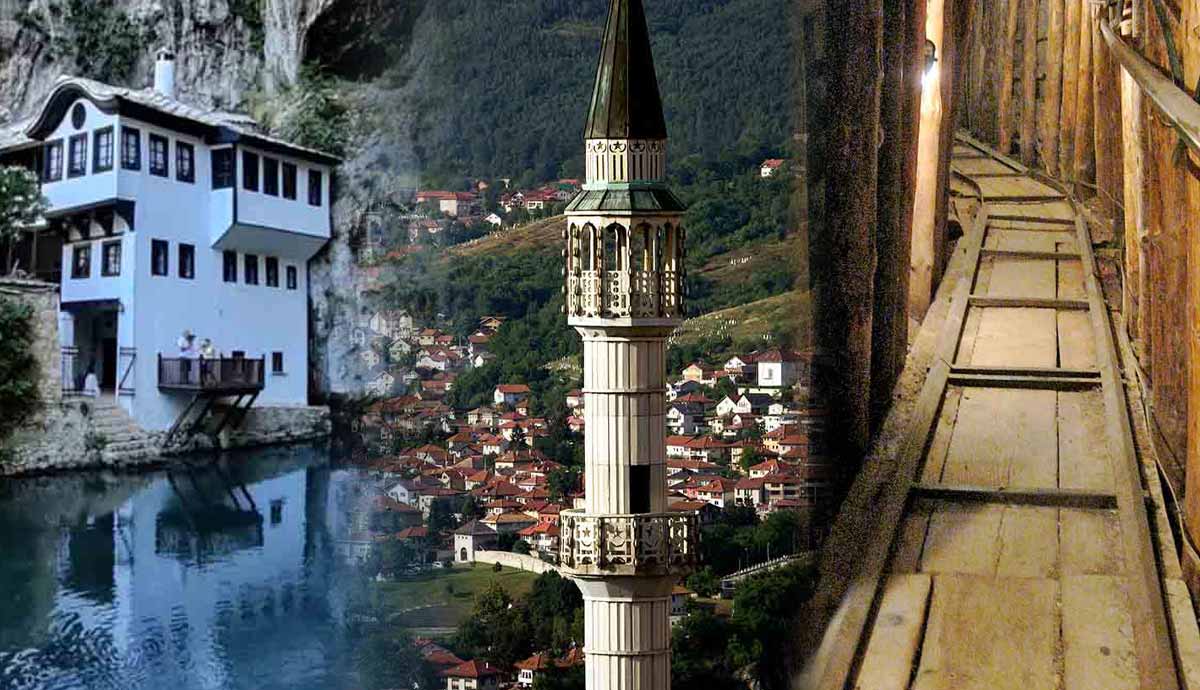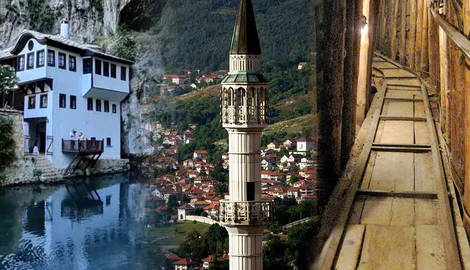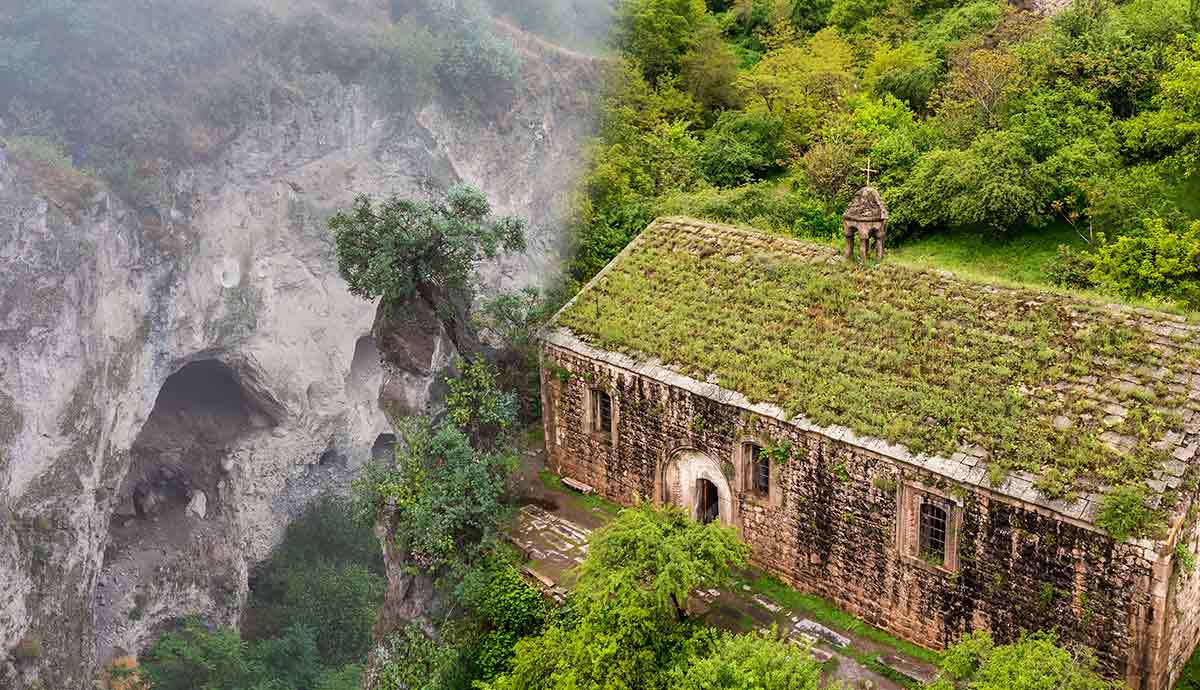
For those who are over 35, the Bosnian War remains in the psyche of many. Although I was only five at the time, the phrase “Bosnian War” was frequently mentioned in school, on the news, and at home. However, it took 30 more years (while I was traveling through Europe in my campervan) before I was able to understand more. Through that trip I was able to learn about this country’s harrowing past, and importantly, what impact the 1990s civil war has had on modern-day Bosnia and Herzegovina.
The Bosnian Civil War (1992-1995) and the Sarajevo Siege

This was one of the most complicated civil wars I have tried to understand; I will attempt to summarize it as briefly and succinctly as possible as there are many excellent sources and books which explain the war in much more detail. I would recommend this website for a very comprehensive explanation of what happened.
In brief, Bosnia was previously part of Yugoslavia and under communist rule for 40 years. During this time many ethnic groups lived together peacefully side by side. It was an undoubtedly repressive regime, but nonetheless, the Muslims, Catholics, and Christian Orthodox citizens lived in relative peace alongside one another.
In the early 1990s, Yugoslavia began to fall following the fall of the Berlin Wall, Tito’s death (the former Yugoslavian leader), and the general capitulation of the “iron curtain” of communism, which had previously spread through most of Eastern Europe and the Balkans. Serbia and Croatia had declared themselves independent states in 1991 and Serbia began spreading the message that the Bosnian Orthodox Serbs needed “saving” from the “Bosniaks” — ethnic Muslims from Bosnia.

Serbs within Bosnia, as well as Serbs in Serbia subsequently began an “ethnic cleansing” in Bosnia of Bosniaks and killed an estimated 100,000 citizens. They used methods that many would not expect to see in such recent history such as concentration camps, the systematic rape of women, and the siege of the capital city; Sarajevo. The Sarajevo siege received a lot of news attention from all around the world because citizens were trapped within their city and many starved to death. Those who were not starved were gunned down by snipers or Serb militia who were walking the streets. Additionally, shells were used to indiscriminately kill masses of people including women, children, and the elderly.
The Sarajevo siege lasted four long years, but my first question after arriving in Sarajevo was “How did so many survive?” Bosnia has harsh winters and very hot summers, and although a huge number of people didn’t survive, many did. It seemed like a very long time to endure such struggles, and I knew there had to be an answer to this question.
The Tunnel of Hope

My first stop was to the Tunnel of Hope and this is where I found the answer to my question. It was an inspiring stop and a true testament to the power of the human spirit. The Tunnel of Hope was literally the only thing that kept Sarajevo citizens alive during the siege.
Immediately after the siege, the United Nations took control of Sarajevo airport to deliver humanitarian aid and food. However, the runway to the airport was guarded by Serb forces, and in the beginning, people would try to run the distance while attempting to avoid the snipers in order to get food. Unsurprisingly many did not make it. Something else needed to be done.
In the middle of 1993, the Tunnel of Hope began construction. It was an 800m (2,624 feet) long and 1m (3.2 feet) wide tunnel that ran underneath the airport runway and therefore enabled access to the unoccupied territories and it would subsequently enable the citizens of Sarajevo to survive. The tunnel was dug by 260 people who created the tunnel using hand tools and dug for 24 hours a day. Within four months and four days, the tunnel was complete, thus providing a lifeline to the people of the city.

This was a fascinating place to visit, as there is only a small segment of the tunnel remaining because even after the Dayton Accords Peace Agreement in 1995, the government was corrupt and did not want to preserve the tunnel and therefore disregarded it as a fairy tale or a myth. However, the Kolar family, who were the ones who owned the house under which the tunnel went, felt that they must preserve the history of this incredible place.
Although this is a small place, there are many films, pictures, and a small segment of the tunnel remaining, making it a place that is both shocking and inspiring in equal measure.
The People of Sarajevo

After my visit to the Tunnel of Hope, I decided to drive my campervan into the city center with a newfound motivation to learn more about these amazing people. Parking a campervan in Sarajevo during peak summer was sadly not an option. It is HOT, so I decided to check into a small, family-run hotel. I was keen to try to speak with some local people about their experiences of the war, but of course, this was extremely difficult to talk about as it was such a horrific part of a very recent history.
The hotel owners were Bosniaks (Muslims who live in Bosnia), and they were extremely open and happy to talk about their experiences. The first thing that struck me was that this family seemed very different from other Muslims I had spent time with on this road trip. I had recently spent eight weeks in Turkey, and many of my friends there were much more “traditional” in terms of their religious practices. Our hotel owner talked openly with us over a beer, he said that he doesn’t pray five times a day and smokes, but he believes in Allah and doesn’t eat pork. He continued to say that life was good when Bosnia and Herzogena was part of Yugoslavia. He admitted that you could not always eat what you wanted or buy what you wanted, but everyone lived in peace. His best friend when he was growing up was an Orthodox Serb and their families regularly ate dinner together. He recommended that I head into the center of the town and check out the “Croat side” vs the “Bosniak side” to discover more.
A Divided Sarajevo

While traveling in my campervan my partner and I adopted a Turkish street dog (hence spending so much time in Turkey previously) and what was notable while traveling with her was how much Muslim people feared her. Admittedly, she is a big dog and a breed that is used for fighting in some countries, but there was a clear link between people’s religious beliefs and how they felt about her. Dogs are seen in a similar way to pigs for many Muslims; as a dirty animal and many certainly do not share my unrequited love for almost any dog. This is, of course, a huge generalization and the vet who helped us with the adoption process in Turkey was Muslim, so it is clearly not black and white, but there was certainly a pattern.
This difference was not more prevalent in any place but in Sarajevo. There is a literal line on the floor between the Croat part of the town and the Muslim part of the town. When we were eating in the restaurants and drinking in the bars in the Croat part of town, we could bring her with us and were able to sit inside or outside with her. However, the moment we stepped into the Muslim half of the city, a man shouted at us and told us to keep her away. We thought this was a one-off but this repeatedly happened and therefore we had to go back to the hotel and leave her in the room for a few hours in order to explore the Muslim part of town. A very weird experience.

However, when we returned (without our dog) we had a wonderful time. It was absolutely fascinating to walk through a city where the architecture was so similar to that in Croatia. We would then take three more steps across the “dividing line” and feel catapulted back to the Ottoman Empire with sauna houses, colorful spices, and magical-looking lamps and aroma diffusers filling the senses with awe and wonder.
This felt like an important time to try to connect with some locals again and try to understand this divide a little better. From talking to various restaurant owners and bar workers on both sides of the divide, the consensus seemed to be that although it seems divided, both sides continue to live relatively harmoniously. There is still inevitable resentment from some Muslims living in Bosnia toward the Serbs but after the civil war ended things went almost “back to normal.”
Bosnia and Herzegovina remains a hugely ethnically segregated country and there are still segregated schools too. In some ways, it felt sad, but it also seemed to “work.” Each culture could live how they wanted alongside one another and after so much bloodshed, it seems like the next generation needs peace. The children will hopefully find their own non-violent way to do that in the future.
The War Childhood Museum

Sarajevo city is beautiful, interesting, and shocking. Bullet holes remain on the facades of the buildings and some have even painted them red as a reminder of their past. Upon speaking to a local tour guide, he said that many believe we must remind the children what war can look like in order to remain in peace.
Many of the victims of the civil war were children and one of the most harrowing museums I visited was the War Childhood Museum. It is a small museum but powerful and important to experience, in my opinion.
This museum was beautifully curated, using items donated by the survivors of the Sarajevo siege. The donors to the museum were children during the Civil War and some years later, once the war had ended, the museum asked them to write short memoirs or letters about their experience of their childhood during the war. They were also asked to donate items to accompany their letters to bring their words to life.

When I was a child my school always participated in the “Christmas shoebox appeal.” This was a charitable event organized for children suffering from the plights of war around the world. We were required to send essential, non-perishable items as well as toys for children. When I was walking through the museum, I discovered that the shoebox appeal boxes made their way through the Tunnel of Hope at Christmas time, and one of the survivors noted that they received a box of crayons which they were always too afraid to use because they did not know when they would get such a fantastic gift again.
That survivor kept that box of crayons their whole life and then finally donated them to the museum. It was at this point that I could not hold the tears back any longer. It was amazing to read the innocent inner thoughts of a child and to also see how war can make anyone have a totally new perspective on life, especially children. I was so happy that my gifts had made it all the way to these war-torn countries and also understood so much more why the people of modern-day Bosnia and Herzegovina were so positive and kind. They are ready for peace and never want to go through anything like this again, and they want to make sure their children never forget that.
The Bottom Line….

Bosnia is a wonderful country with incredible scenery and if you are willing to spend time with local people, they will be delighted to share their history with you. When my grandfather passed away, I was always sad that I never had the opportunity to ask him more about his experiences of what it was like to live through WWII. The philosophical questions, the reflections, and the lessons for life are often something that only comes after extreme hardship. Visiting Bosnia and Herzegovina will give you the opportunity to learn more and think more deeply about the world we live in. It will open your eyes to the strength of people, the power of hope, and the importance of peace, especially for the sake of the children.











